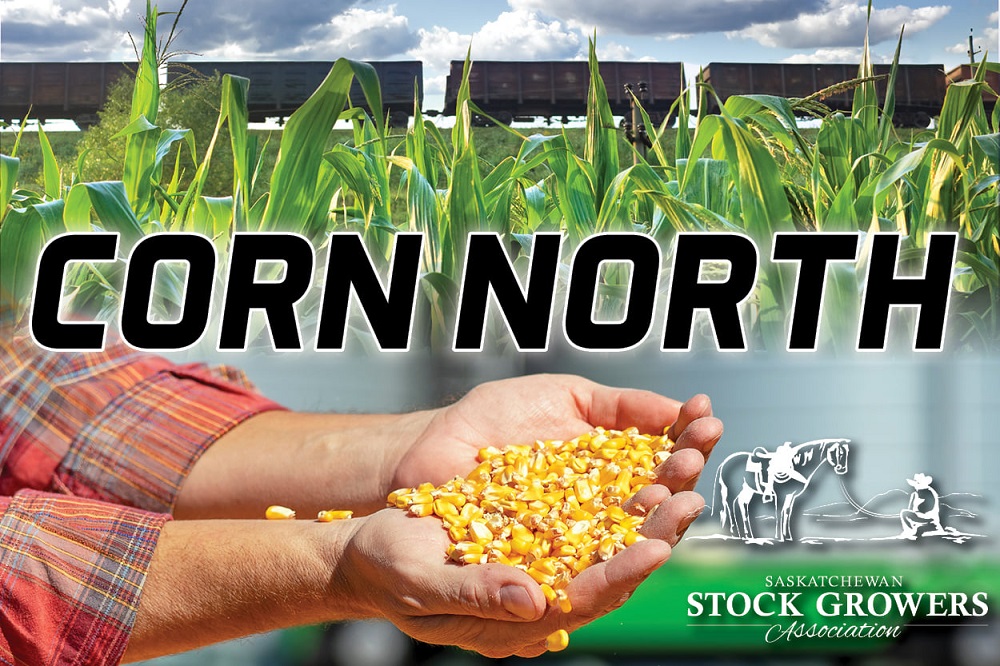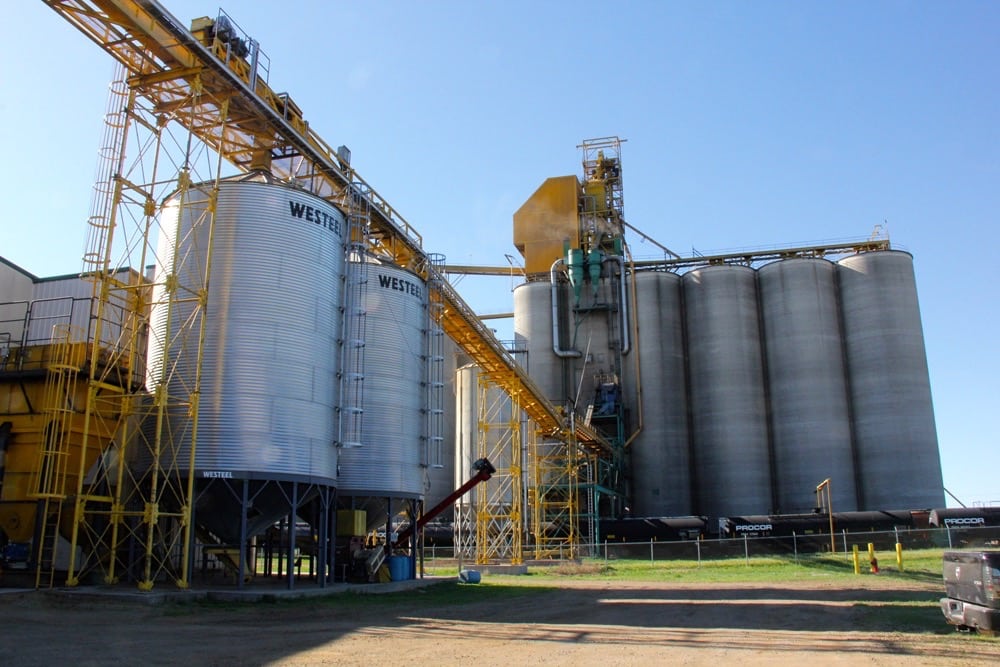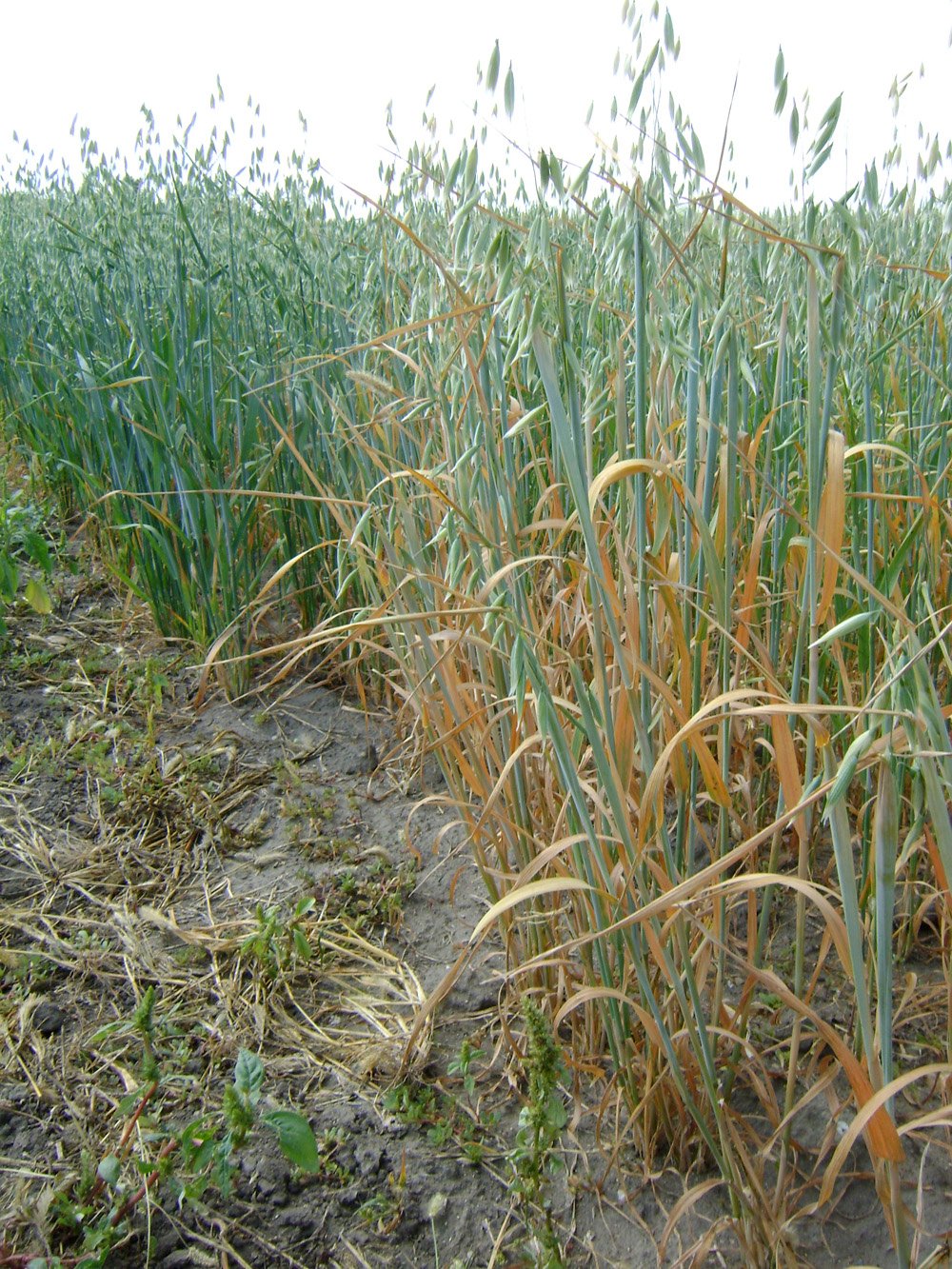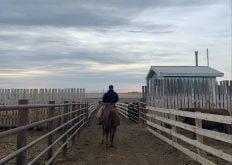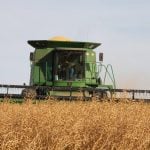If salvaged canola is your alternate feed of choice this fall, be aware of the potential health issues posed by its high sulphate levels.
“White muscle disease can be caused by selenium deficiency or vitamin E deficiency or a combination of both, and both of these nutrients can be impacted by feeding canola,” says Dr. Cheryl Waldner, professor of large animal clinical sciences at the Western College of Veterinary Medicine.
Parts of Western Canada, for example, are naturally deficient in selenium, and supplementation is the norm for many producers, Waldner explained during a recent Beef Cattle Research Council (BCRC) webinar.
Read Also
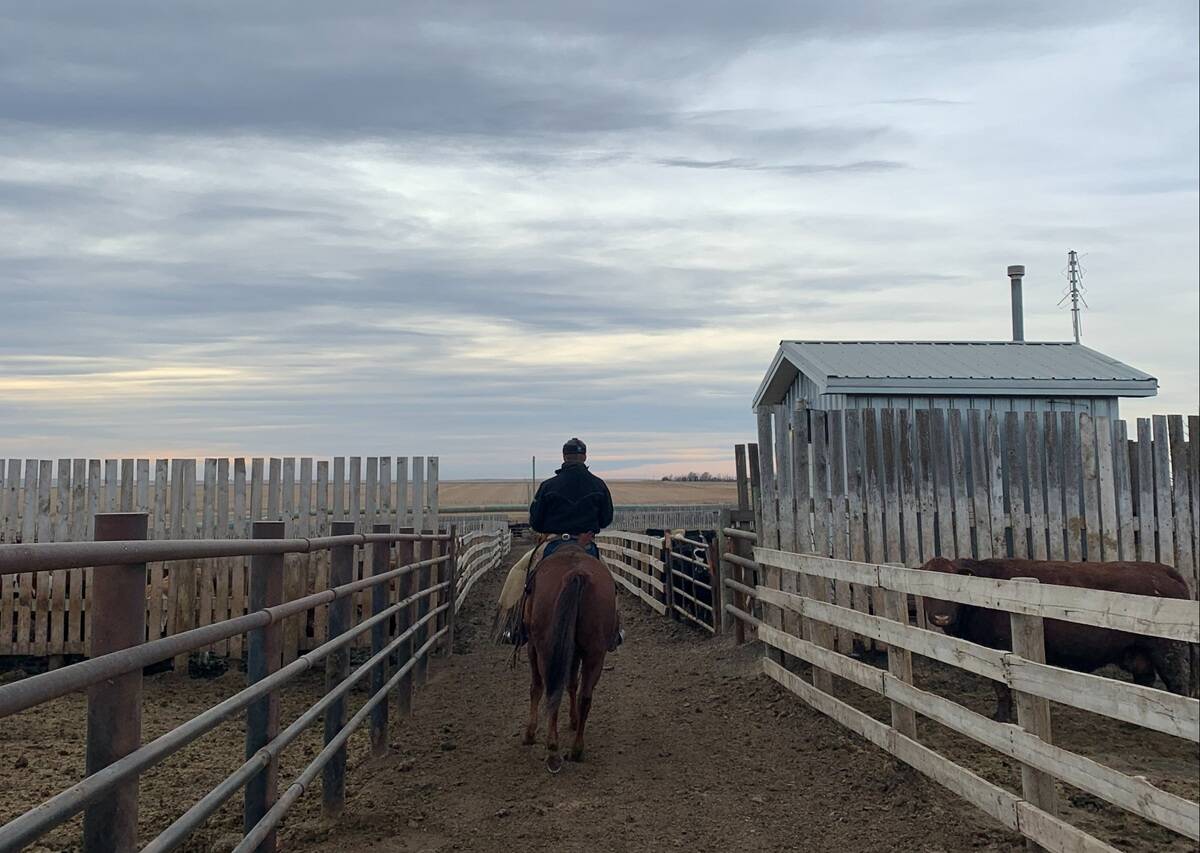
Pen riders still better than tech at detecting respiratory disease in feedlot cattle, says researcher
Recent research found that pen riders are better than tech at flagging signs of BRD in feedlot cattle
However, the high sulphates in canola can tie up selenium, and this can be exacerbated by higher concentrations of sulphates in water sources during dry years as well. High sulphates can also tie up copper, leading to reproductive and other issues.
“The other thing that’s unique about canola is it has relatively high levels of polyunsaturated fats, which if the cows aren’t used to them can be a bit of a challenge in that it can tie up the vitamin E in the little bit of green grass that they are seeing,” she says.
“If we take all of those things together, we certainly do have a very real situation where cattle can be at risk of problems from a lot of trace mineral and vitamin related issues coming into this winter, and white muscle disease is one of the big ones.”
Waldner recommends additional supplementation of selenium and vitamin E when feeding salvaged canola. If it’s challenging to ensure your cattle are getting enough of these nutrients free-choice, she suggests finding a way to mix them into their ration. “I realize this isn’t practical for a lot of people, but that’s one of the most cost-effective ways of dealing with it.”
Other management options include selenium boluses and injections for selenium and vitamin E, but the latter has its limitations, Waldner cautions. “The amount of vitamin E in the selenium/vitamin E injections is limited. It’s not necessarily enough to solve the problem, and if we up the amount of the injection, we risk selenium toxicity,” she says.
“This is something that you’re going to want to talk to your veterinarian and your nutritionist about in terms of what’s going to work best for you in terms of trying to manage the potential issues that could happen here.”
For more information on alternate feeds, visit the BCRC website. BCRC has also compiled drought-related resources for cattle producers.
The full replay of BCRC’s Ask the Experts webinar on drought stress is available on YouTube.




